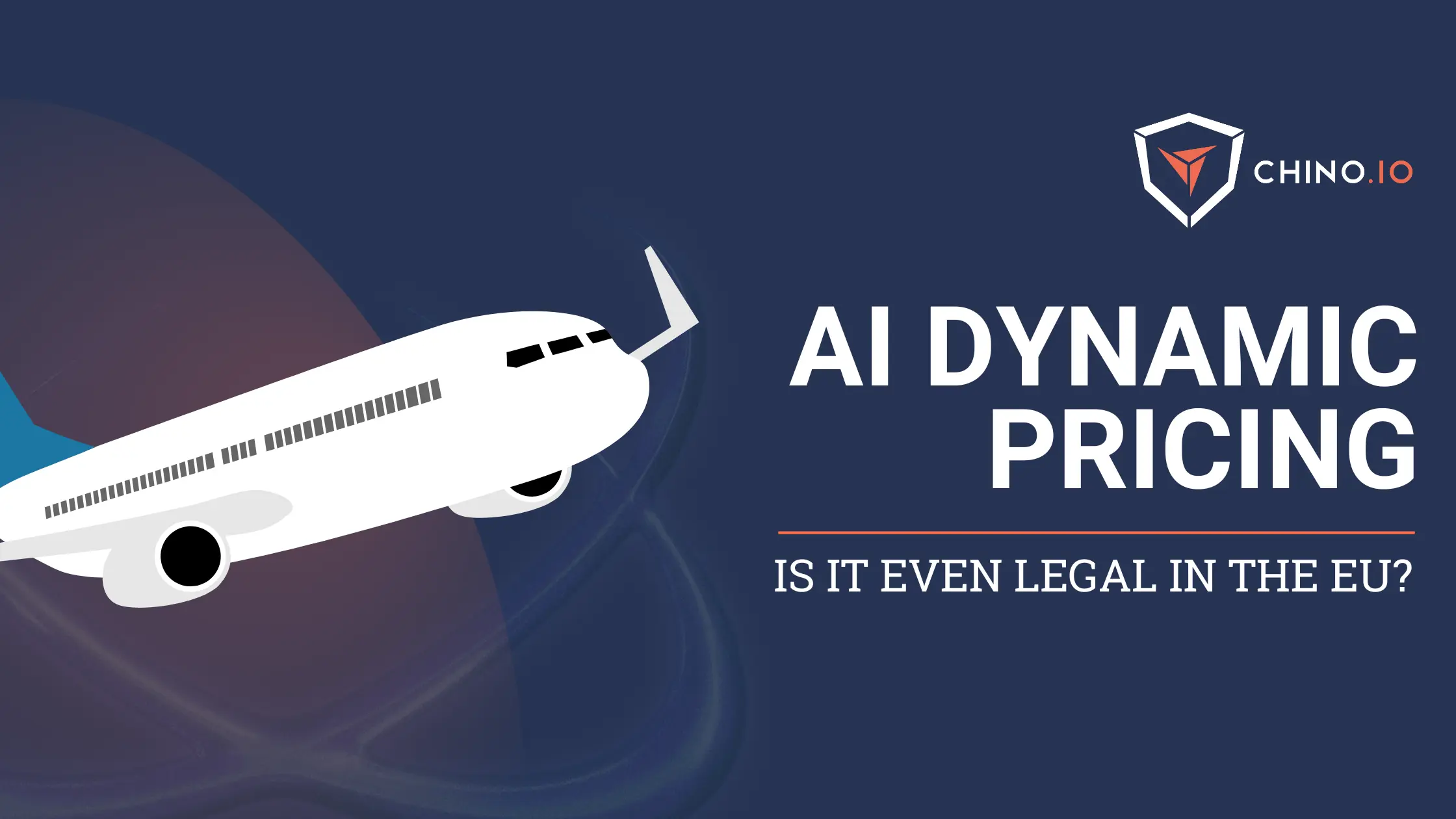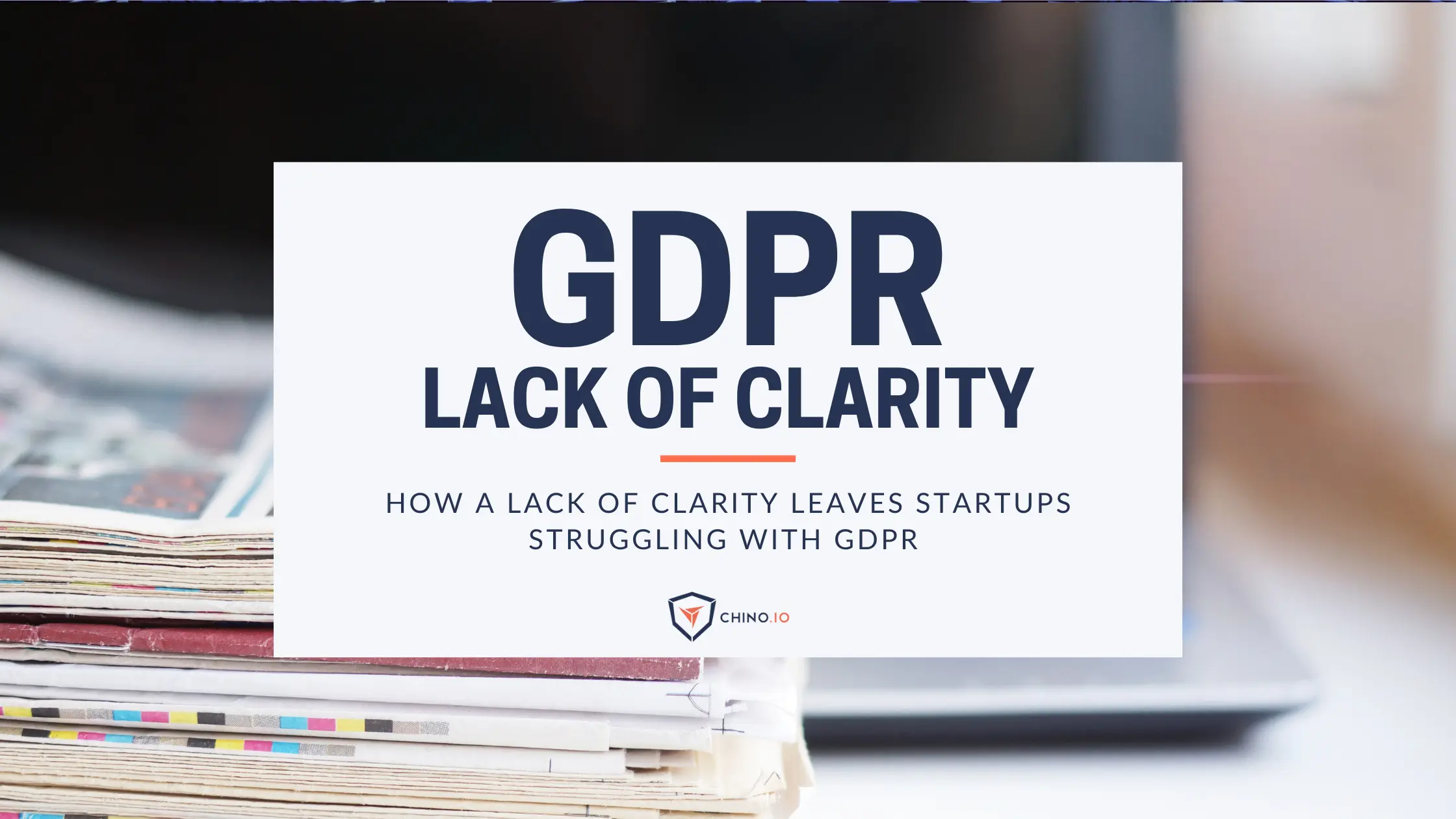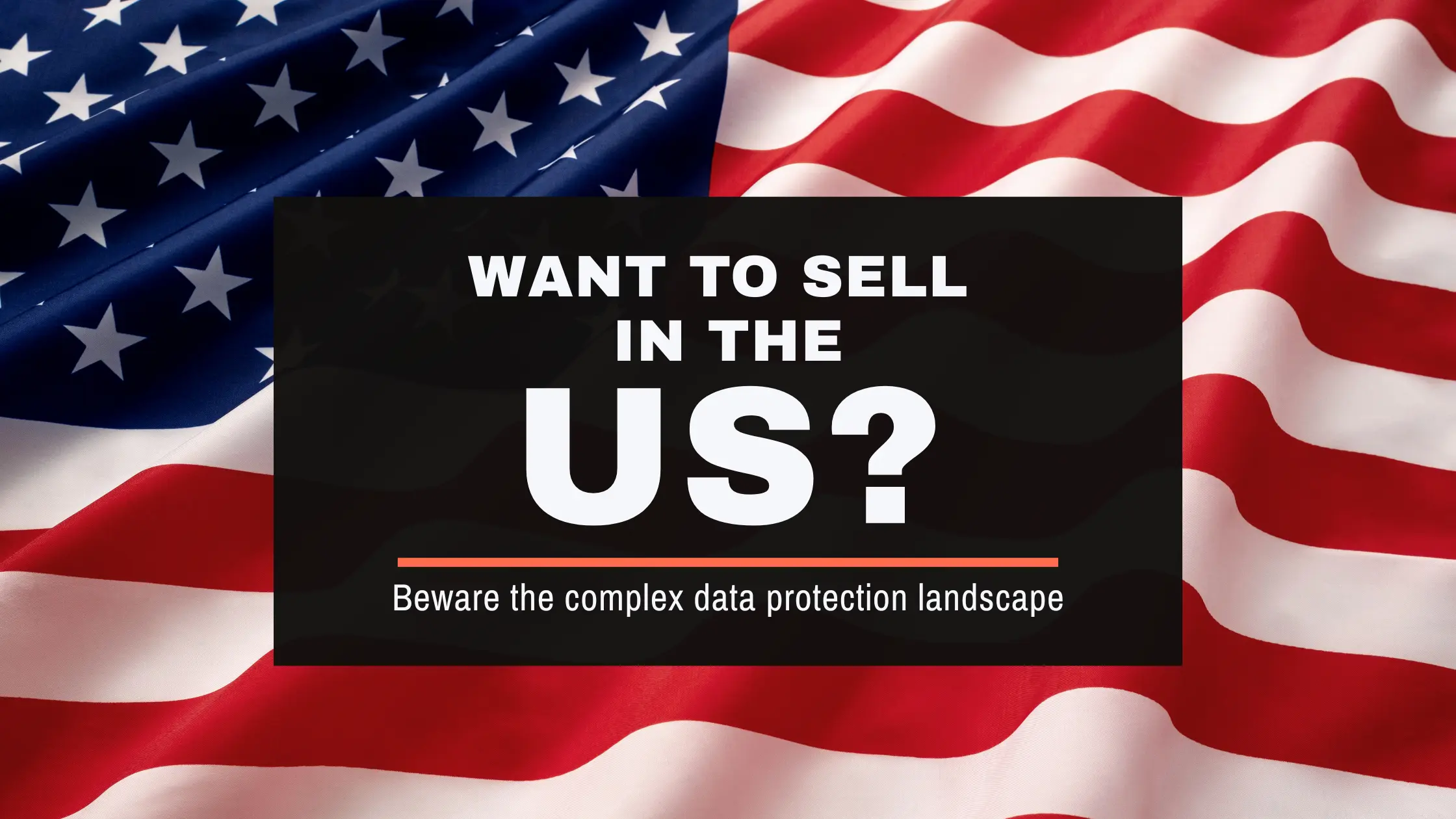Dynamic pricing is everywhere. You’ve likely seen it at work when booking flights, hotels, or even during holiday sales. Prices shift in real-time based on supply and demand, market conditions, and more.
But a newer, more controversial practice is gaining ground: surveillance pricing. This uses your personal data—like your browsing history, location, and even the device you’re using—to set prices uniquely for you.
Sounds futuristic, doesn’t it? But it’s happening now.
The big question is: is it even legal in Europe under GDPR? Let’s dive into this fascinating and complex topic.
What is Surveillance Pricing?
Surveillance pricing is a data-driven method of adjusting prices for individual customers based on their online behavior and other personal data.
Here’s how it works:
- Data collection: Companies track your browsing habits, shopping history, and even the device you’re using.
- AI analysis: This data is fed into AI models that predict how much you’re willing to pay.
- Price adjustment: Prices are tailored to maximize profit—or at least to align with what the model thinks you’ll accept.
For example:
- Searching for flights on a MacBook in a wealthy neighborhood might show you higher ticket prices than someone using an Android phone in a less affluent area.
- Looking up concert tickets late at night? AI assumes you’re desperate and adjusts prices accordingly.
This is personalised pricing on steroids, and it’s raising a lot of ethical and legal questions.
Is Surveillance Pricing legal under GDPR?
When it comes to GDPR, the answer is: It depends. Yes, we know—this phrase might frustrate you. But let’s break it down.
Explicit consent is key
Under GDPR, processing personal data for personalized pricing requires explicit consent. This means:
- Transparency: Companies must explain how your data will be used.
- Clarity: No confusing language—consent must be freely given and informed.
For example, if a website asks for your consent to “personalized offers,” this might include surveillance pricing. Always read the fine print!
Lawfulness of processing
Even with consent, companies must show that their data processing aligns with GDPR’s principles, such as fairness and accountability. Using your data to inflate prices unfairly could breach these principles.
Profiling and automated decision-making
Surveillance pricing often relies on automated decision-making. GDPR places strict rules here, especially if such decisions significantly affect individuals (e.g., pricing that excludes certain groups). Customers have the right to:
- Understand how decisions are made.
- Challenge or opt out of such practices.
Why is AI Surveillance Pricing controversial?
Surveillance pricing isn’t just a legal grey area—it’s also ethically charged. Here’s why it’s sparking debates:
Consumer exploitation
Critics argue that this pricing method exploits customers. It preys on their data, charging those deemed more willing to pay higher prices.
Market efficiency
Proponents claim it’s just market economics at work. By tailoring prices, companies ensure they extract maximum value, which theoretically makes markets more efficient.
Exclusion risks
This pricing model might exclude certain groups from accessing services. For example, lower-income customers might be priced out of certain products or events.
Lack of transparency
Most consumers aren’t aware this is happening. Without proper disclosure, people can’t make informed decisions, eroding trust in businesses.
How companies “work around” GDPR
Some companies have developed clever (but controversial) strategies to implement surveillance pricing without breaking the rules—or at least, without appearing to.
Vague consent requests
“Do you agree to personalized offers?” This vague wording often masks the true extent of data usage. If customers don’t read the consent form carefully, they may unknowingly allow surveillance pricing.
Bundled consent
Consent for surveillance pricing might be bundled with other features, making it hard for users to opt out without losing access to certain services.
Data pseudonymization
Some companies anonymize or pseudonymize data to argue they aren’t processing “personal” data. But even pseudonymized data can sometimes be re-identified, especially when combined with other datasets.
What should businesses and consumers do?
For businesses
If you’re considering AI surveillance pricing, tread carefully. To stay GDPR-compliant:
- Be transparent: Clearly inform users about how their data will be used and obtain explicit consent.
- Minimize data use: Only collect and process data that’s absolutely necessary.
- Perform DPIAs: Conduct Data Protection Impact Assessments to evaluate risks and mitigate potential harms.
- Build trust: Ethical practices can be a competitive advantage. Customers value transparency and fairness.
For consumers
Protect yourself from unfair pricing:
- Use Incognito mode: Prevent companies from tracking your browsing history.
- Compare prices: Check prices across different devices and locations.
- Read the fine print: Understand what you’re consenting to when accepting terms on websites.
Conclusion
AI surveillance pricing is a game-changer—but it’s also a double-edged sword. On the one hand, it promises tailored pricing and greater market efficiency. On the other, it risks exploiting consumers and creating unfair practices.
Under GDPR, this practice is tightly regulated. Businesses must obtain explicit consent, be transparent, and ensure their data practices are fair. For consumers, awareness is key to navigating this new pricing landscape.
The future of surveillance pricing lies in finding a balance: leveraging AI to deliver personalized experiences without crossing ethical or legal boundaries. With the right practices, businesses can innovate responsibly—and consumers can shop smarter. 🛒
Need help figuring it out? We’re here to help! 🙋
Chino.io is the one-stop shop for solving all privacy and security compliance aspects.
As a partner of our clients, we combine regulatory and technical expertise with a modular IT platform that allows digital applications to eliminate compliance risks and save costs and time.
Chino.io makes compliant-by-design innovation happen faster, combining legal know-how and data security technology for innovators.
To learn more, book a call with our experts.
Streamline Your Compliance With Chino.io Today
Discover our
Templates
Read our Latest Industry Insights
Discover insights from our expert writers.





